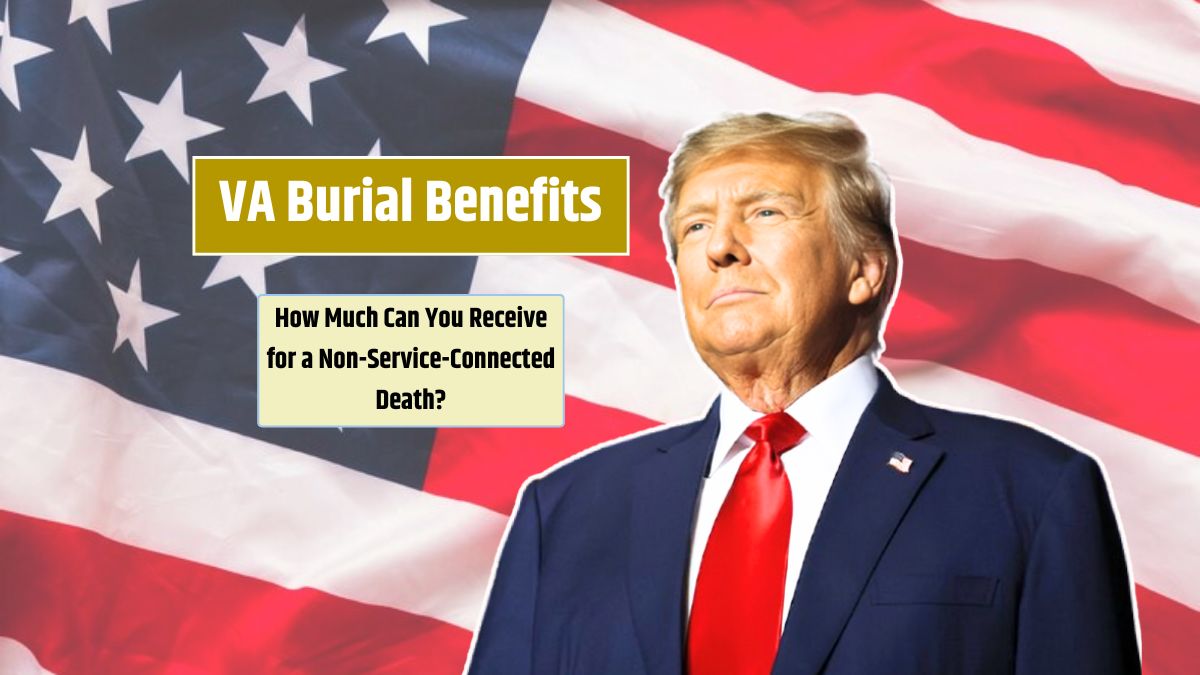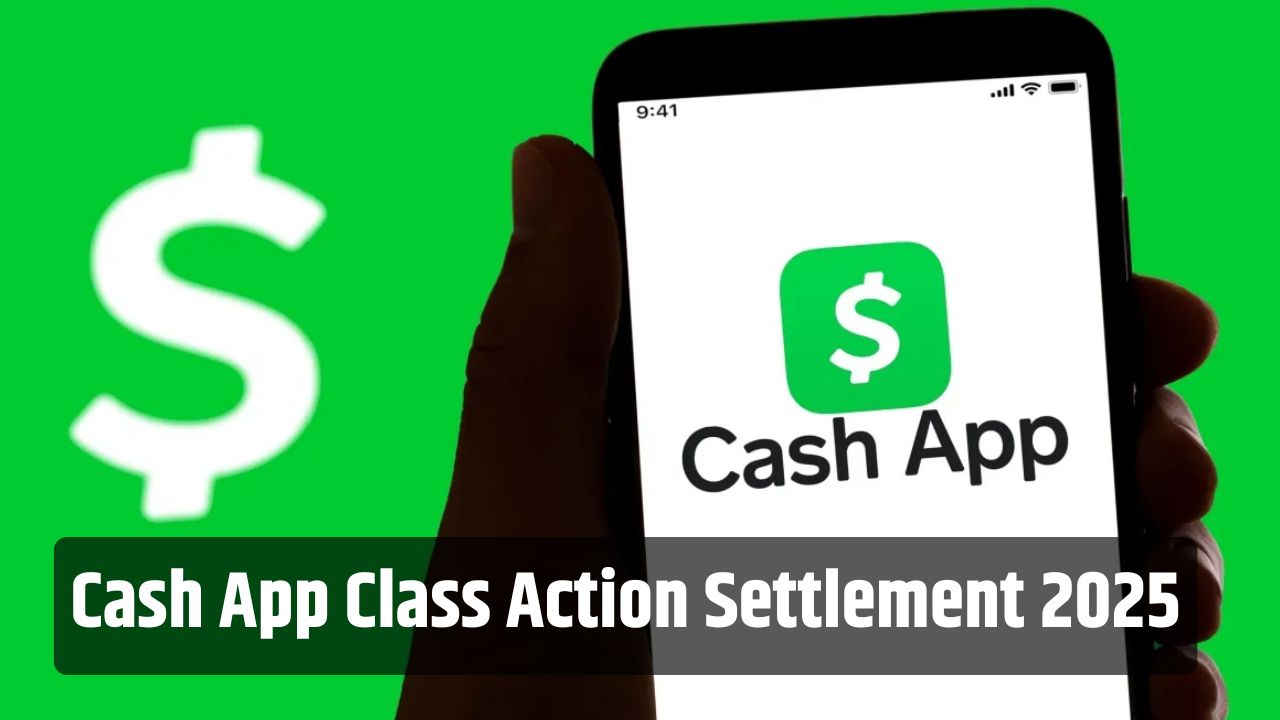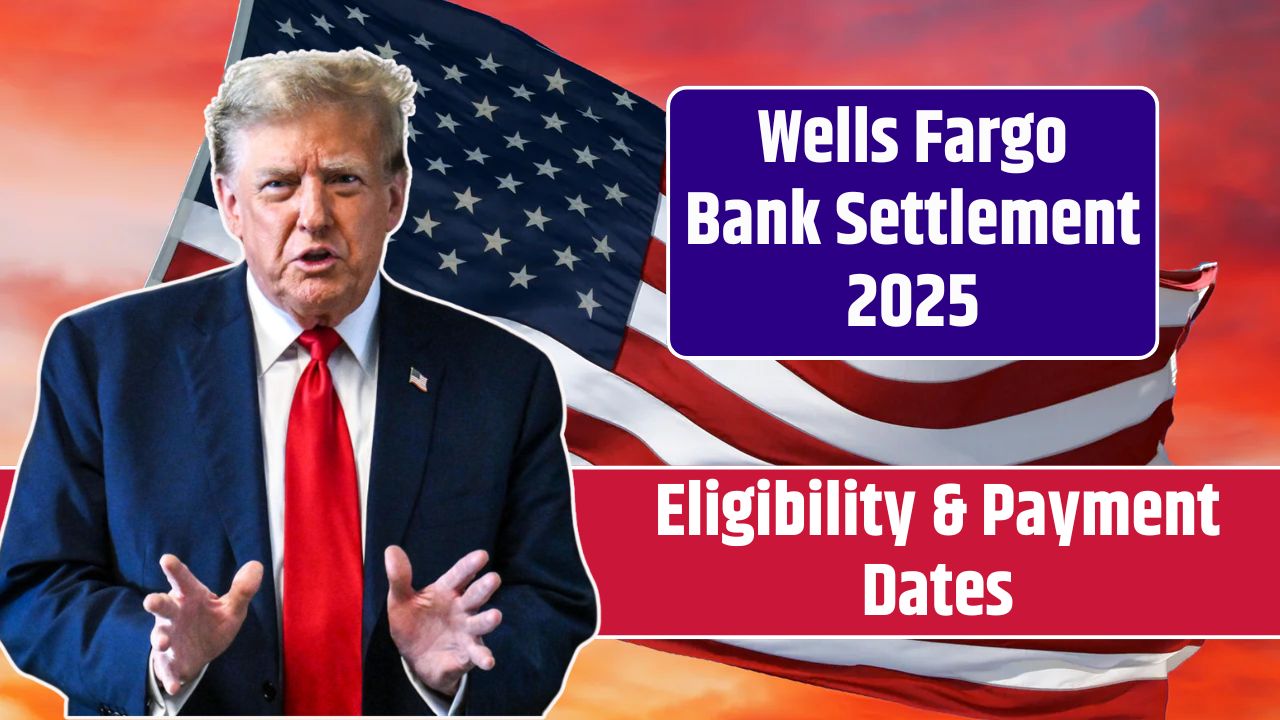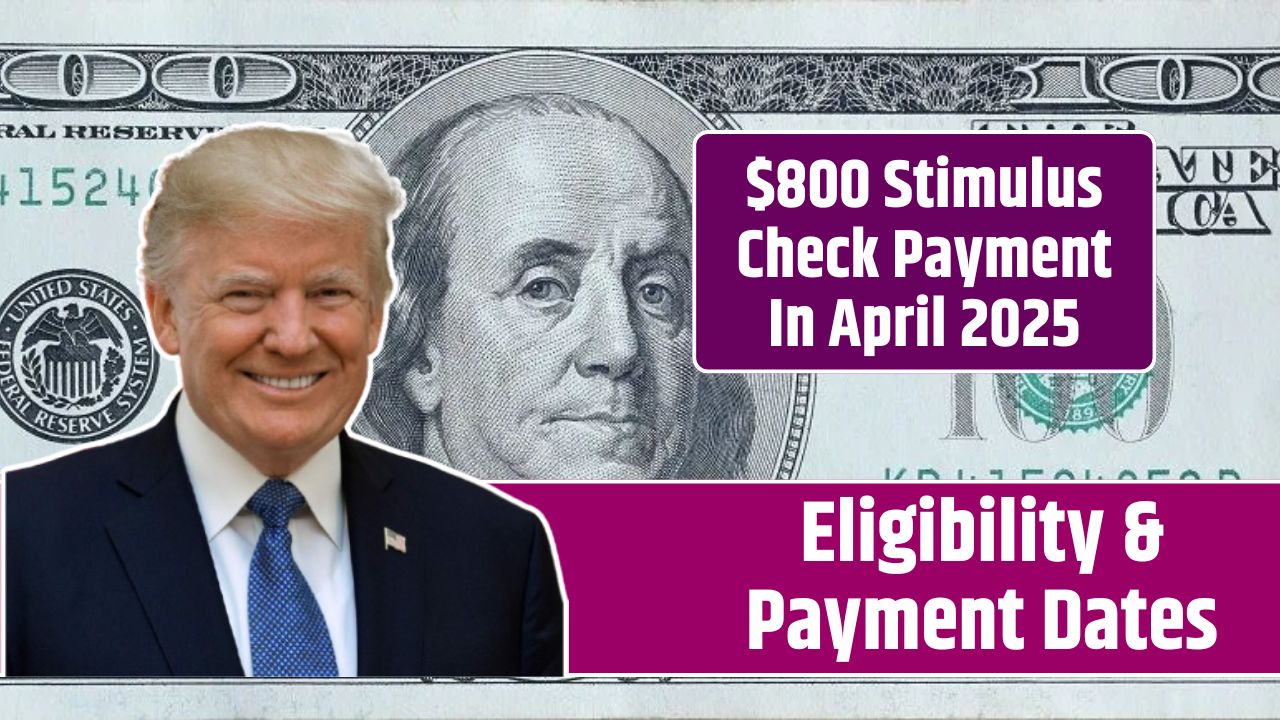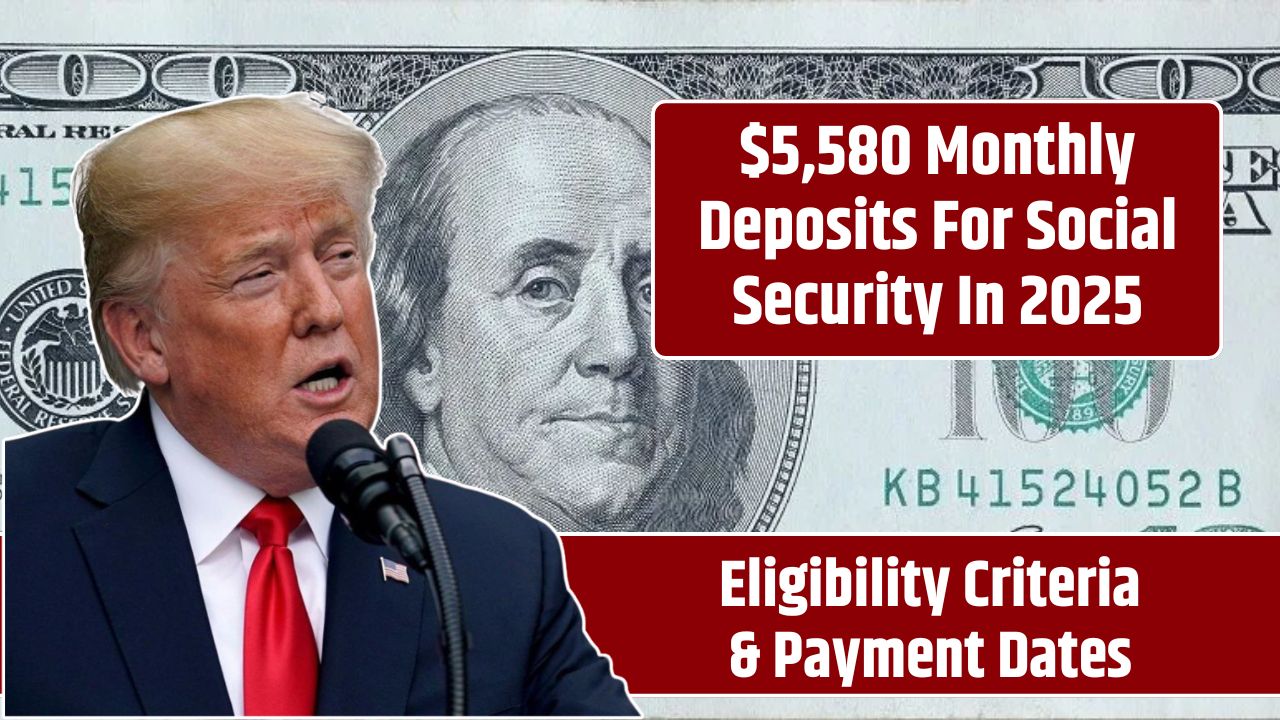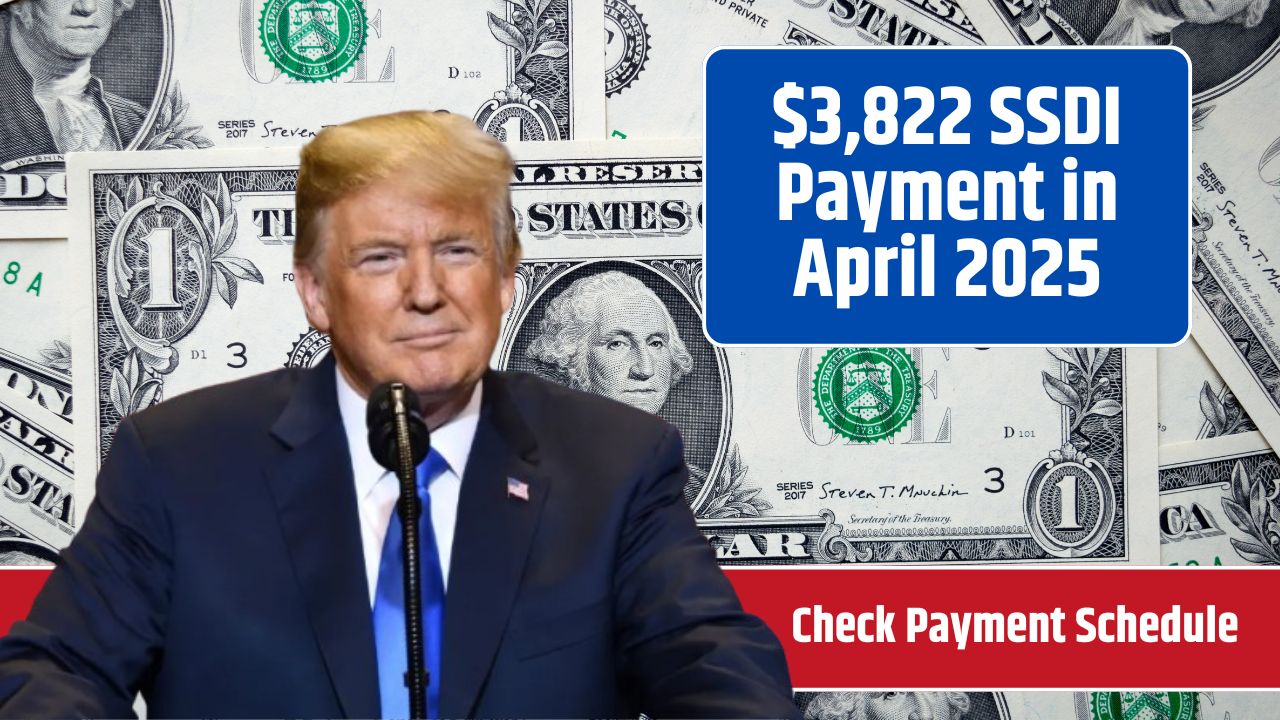Losing a loved one is hard enough without worrying about funeral bills. For families of Veterans, there is some relief. The U.S. Department of Veterans Affairs (VA) offers burial benefits to help offset costs, even when the Veteran’s death wasn’t connected to their military service.
These benefits won’t cover everything, but they can make a big difference—especially during a time of grief. If your loved one was a Veteran and passed away from causes unrelated to their service, here’s what you need to know about VA burial benefits in 2025.
Allowance
For non-service-connected deaths—meaning the death wasn’t related to military service—the VA offers two types of financial help:
| Type of Benefit | Amount (as of Oct 1, 2024) |
|---|---|
| Burial and Funeral Expense Allowance | Up to $978 |
| Plot or Interment Allowance (if not buried in a VA cemetery) | Up to $978 |
That’s a possible total of $1,956, depending on the circumstances and eligibility.
Eligibility
To qualify for these benefits, you need to meet a few key requirements:
- You paid for the funeral or burial out of pocket
- You haven’t been fully reimbursed by any other agency or organization
- The Veteran received an other-than-dishonorable discharge
- One of the following applies:
- They were receiving (or entitled to receive) VA pension or compensation
- They died while under VA care or under a VA-authorized contract at a non-VA facility
Keep in mind, if another agency or life insurance fully covers the burial costs, you won’t be eligible for VA reimbursement.
Timeframe
There’s a two-year deadline to apply for these benefits, starting from the date of burial. The only exception is if the Veteran died while receiving VA care—in that case, there’s no time limit to file a claim.
So, don’t wait too long. Even if you’re still processing the loss, it’s important to get your application in on time.
Documents
You’ll need a few things to support your claim:
- Veteran’s death certificate
- Proof of payment for burial or funeral expenses
- Receipts or a funeral home statement that includes:
- Veteran’s full name
- A detailed breakdown of the services provided
- Payment confirmation
Having these documents ready can speed up the process and avoid delays.
Application
Ready to apply? You’ve got a few options:
- Online: Fill out VA Form 21P-530EZ on the VA.gov website
- By mail: Send the completed form and documents to your regional VA office
- In person: Visit a local VA office for direct assistance
- Through a representative: Work with a VA-accredited representative or VSO (Veterans Service Organization)
The process can be straightforward, especially if you have help. Accredited reps often guide families through every step.
Why It Matters
While $978 may not cover everything, it’s a meaningful contribution—and a way to ensure that our Veterans receive a proper farewell. More than anything, these benefits are about honoring service and easing the burden on loved ones left behind.
If you recently lost a Veteran family member and their passing wasn’t service-connected, don’t overlook this support. It’s available, and you deserve it.
FAQs
How much does the VA pay for non-service deaths?
Up to $978 for burial and another $978 for plot expenses.
Who qualifies for VA burial benefits?
Those who paid for a Veteran’s funeral and meet eligibility rules.
Is there a time limit to apply?
Yes, within two years of burial—unless death occurred under VA care.
What documents are needed?
Death certificate and proof of funeral payment are required.
How do I apply for the VA benefit?
Submit VA Form 21P-530EZ online, by mail, or at a VA office.

